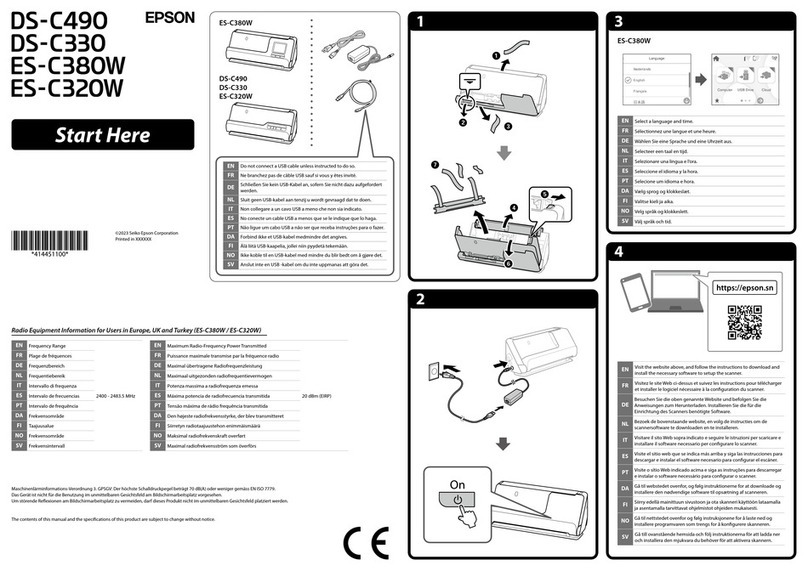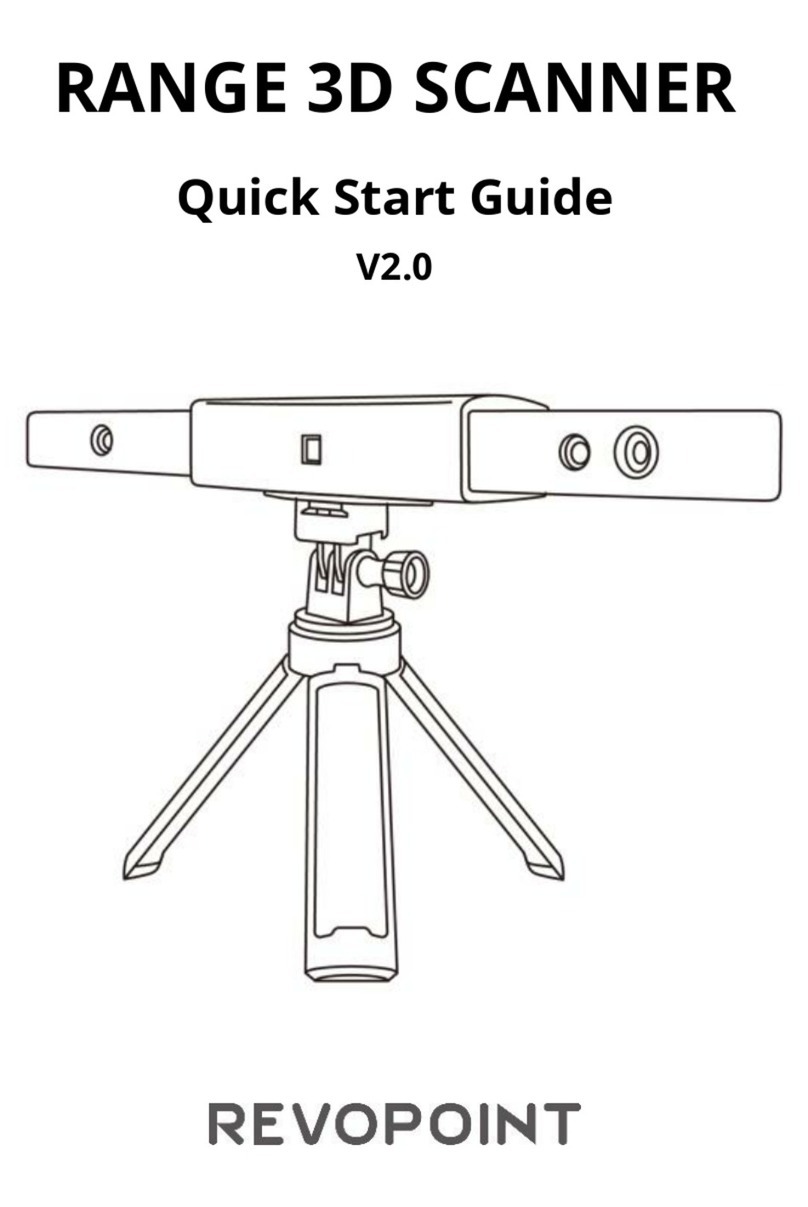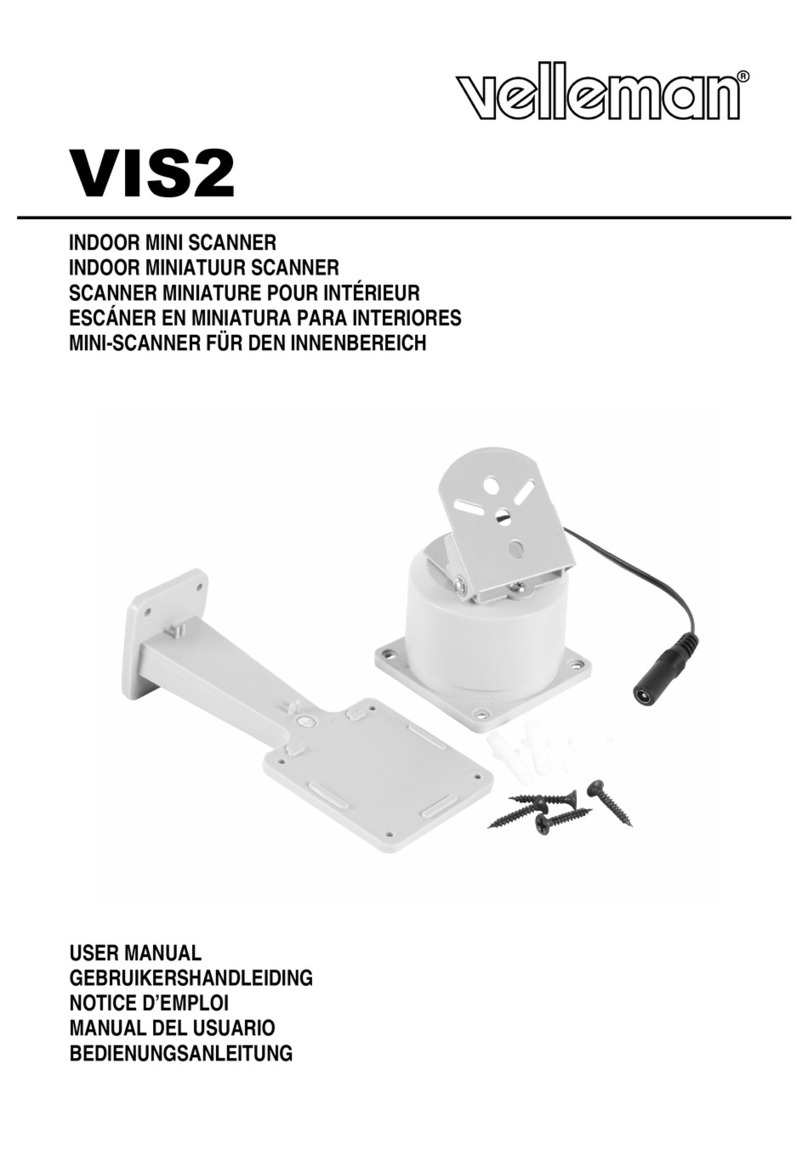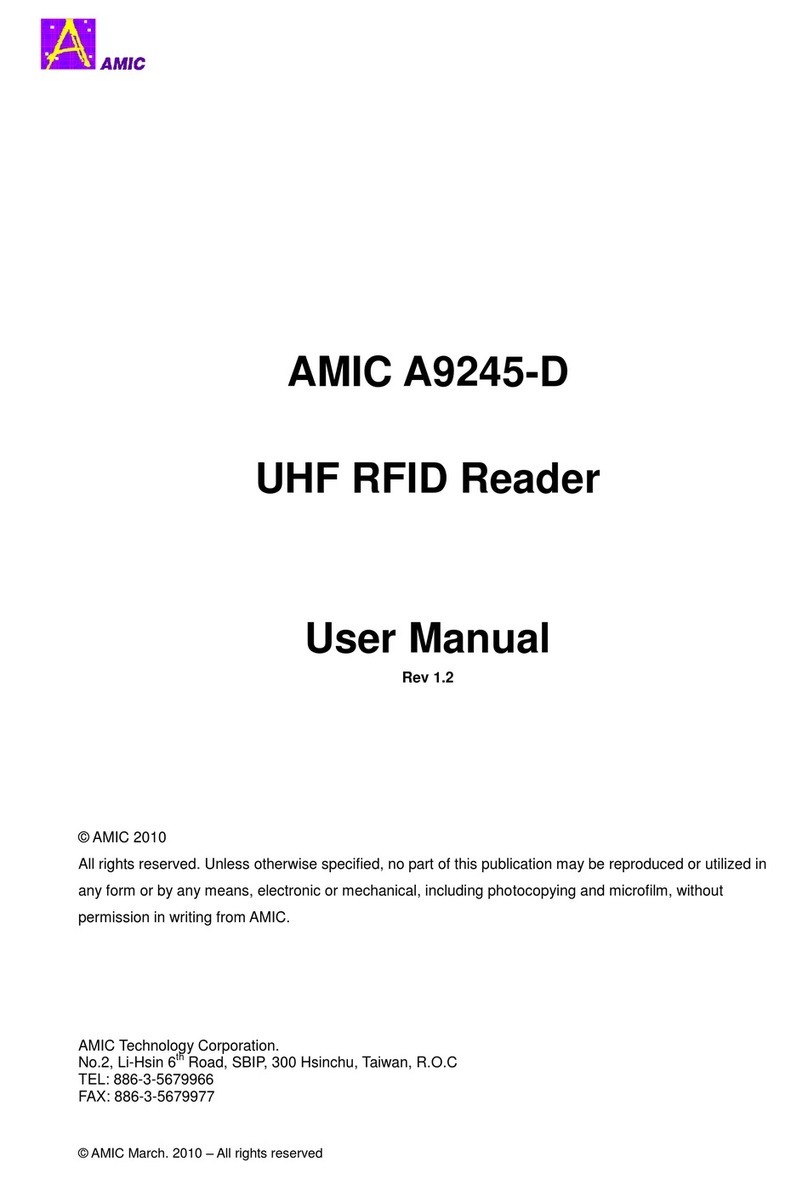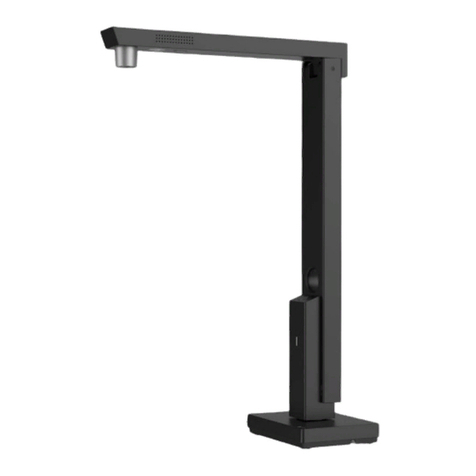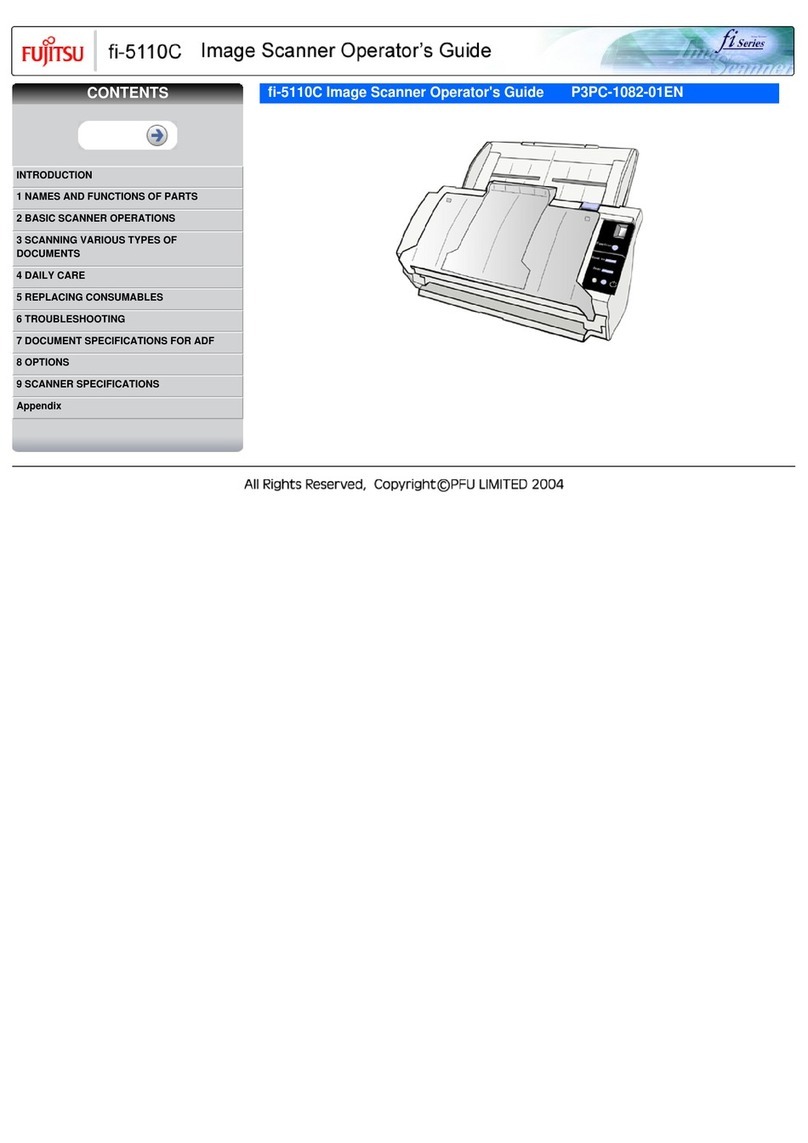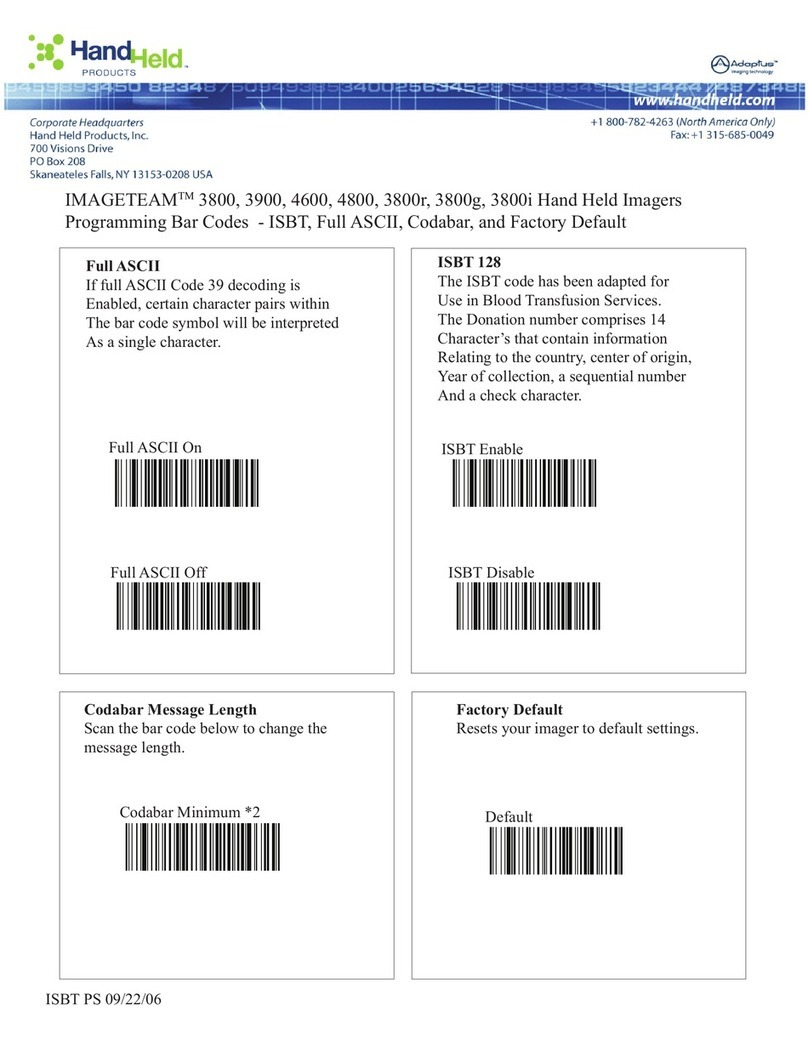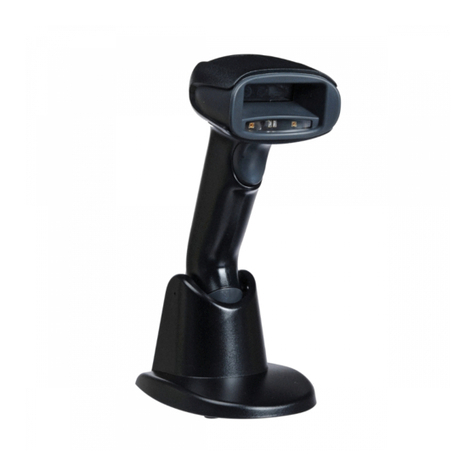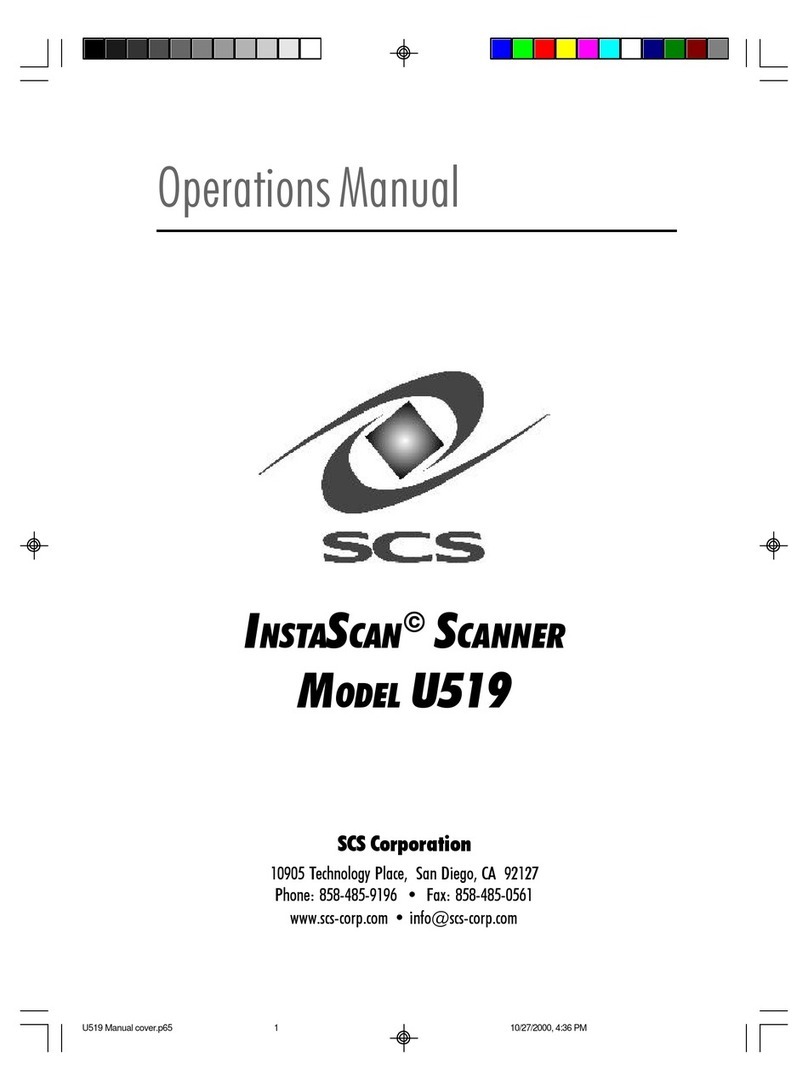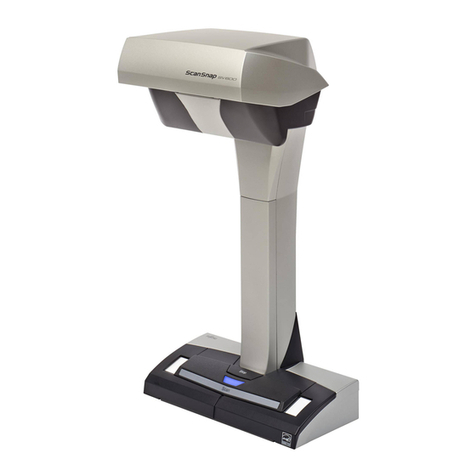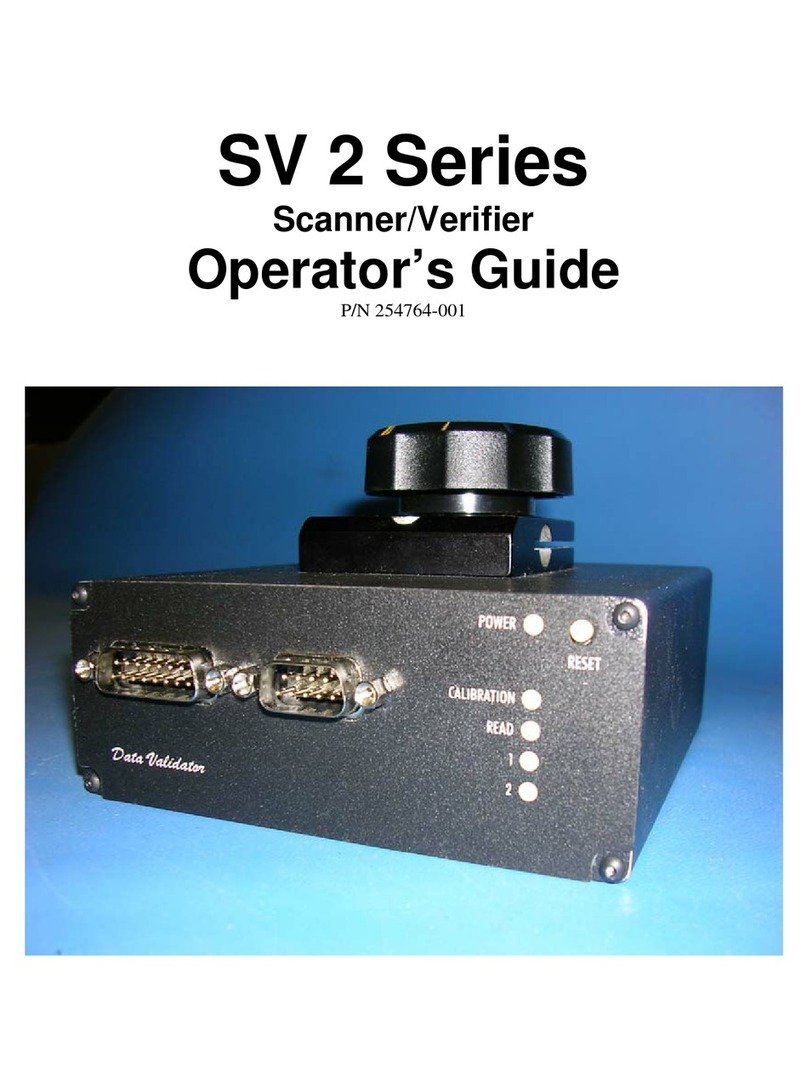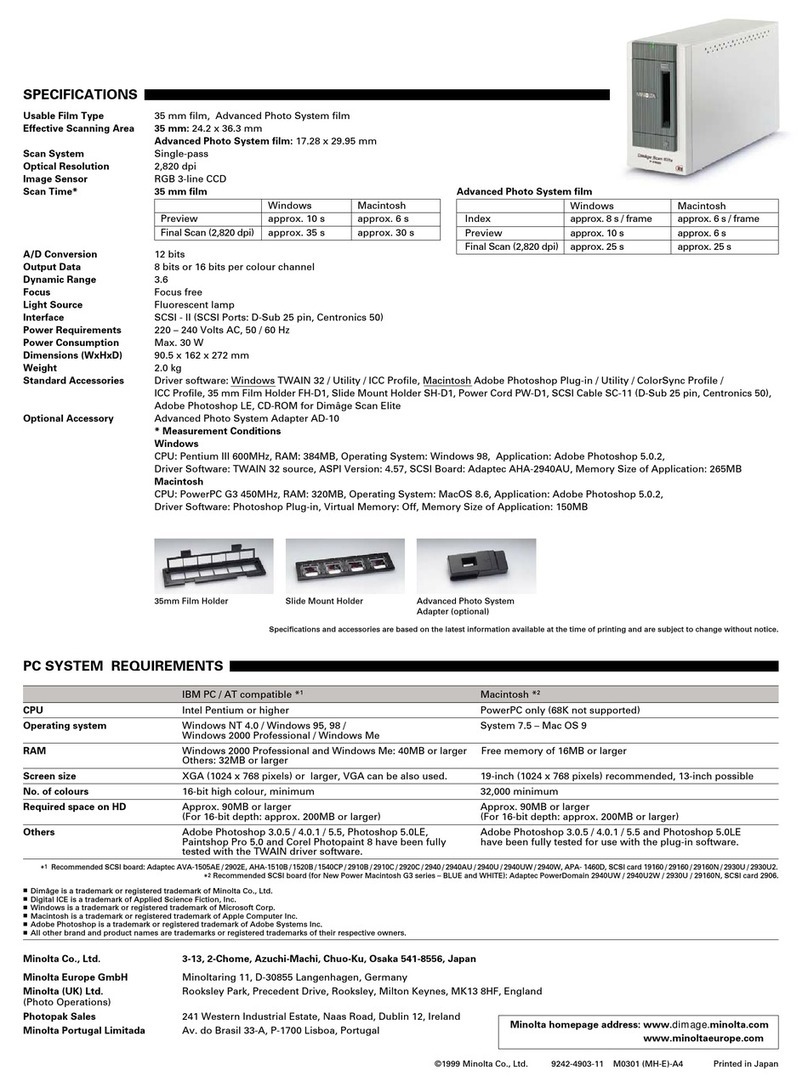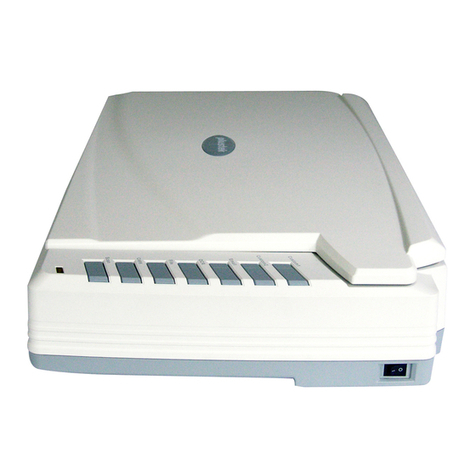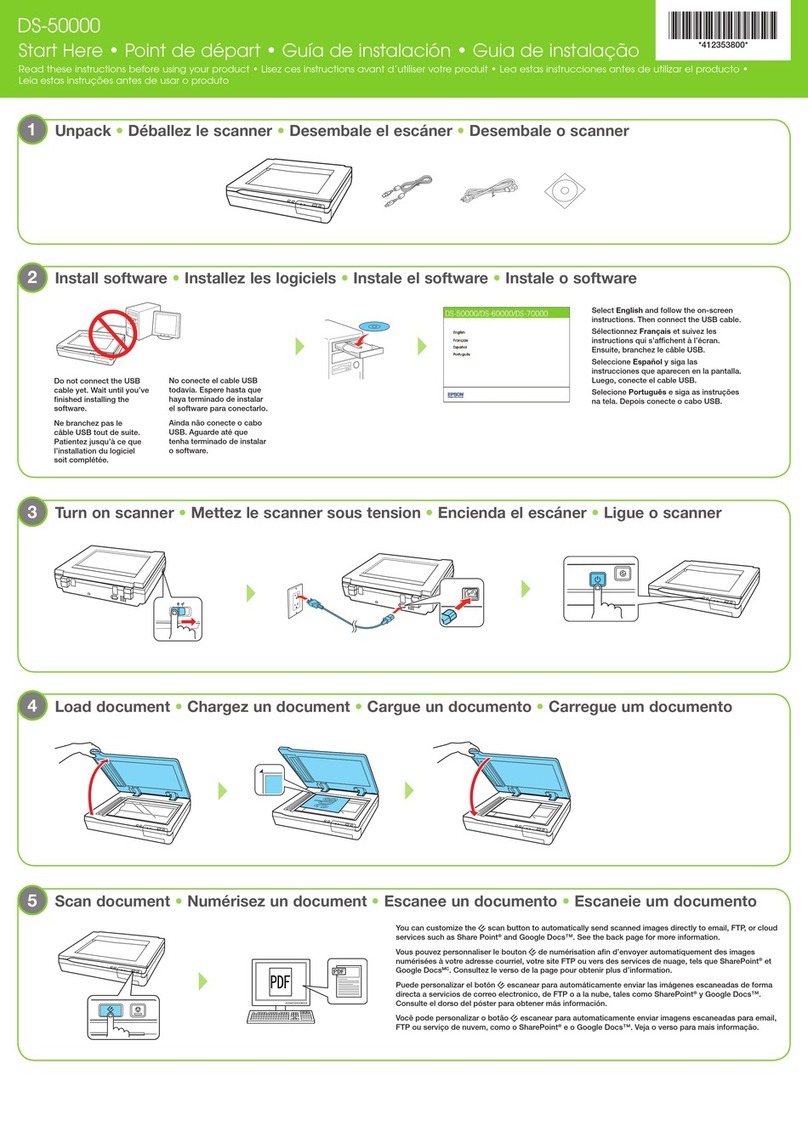Atco LPX-1000 User manual

Copyright © 2008-2012 ATCO. All Rights Reserved.
Revision A.0

LPX-1000 Scanner User Manual
Table of Contents
Copyright © 2008-2012 ATCO. All Rights Reserved.
850-004134 Page 1 Revision A.0
System Introduction
System Components
Scanner ............................................................................ 2
XAxis ...................................................................... 2
YAxis ...................................................................... 2
ControlCableConnectors ....................................................... 2
MCU-P500 Motor Control Unit .......................................................... 3
ClampingChain ...................................................................... 3
Scanner Field Use and Operation
SafetyConsiderations ................................................................. 4
HandlingtheScanner.................................................................. 4
YAxisAdjustment ................................................................... 4
TighteningtheAdjustmentScrews ................................................ 4
AttachingtheScanner ................................................................. 5
AdjustingtheY-Axis .................................................................. 6
Maintenance and Storage
YAxisMaintenance .................................................................. 7
ChangingtheYAxisDriveBelt .................................................. 7
YAxisDriveBeltTension ..................................................... 10
GeneralMaintenanceoftheYAxis...................................................... 10
YAxisDriveBeltTension ..................................................... 10
XAxisMaintenance ................................................................. 10
GeneralStorageandShipping .......................................................... 10
Scanner ........................................................................... 10
DriveTrain ................................................................. 10
ControlCabling(Tether) ....................................................... 11
Couplant Pump .............................................................. 11
Recommended Spare Equipment
RecommendedFieldRepairTools....................................................... 11
RecommendedSpareParts............................................................. 11

LPX-1000 Scanner System User Manual
Section 1
Copyright © 2008-2012 ATCO. All Rights Reserved.
850-004134 Page 1 Revision A.0
System Introduction
This manual outlines basic field usage and maintenance information. The sections are listed below with
descriptions of their contents. It is recommended that each section of this document be read before
deploying the LPX-1000 scanner system for field use.
Section 1 Introduction
Section 2 Scanner Components
This section describes some of the components of the LPX-1000 system. It is recommended that
you read this section and familiarize yourself with the system.
Section 3 Scanner Field Use and Operation
This section describes important information about the field use of the system and should be read
prior to use in the field.
Appendix A Control Cabling Pinouts and Connectors
Appendix B Transducer Mounting Plate Bolt Hole Dimensions
Appendix C Link Selection Table

LPX-1000 Scanner System User Manual
Section 2
Copyright © 2008-2012 ATCO. All Rights Reserved.
850-004134 Page 2 Revision A.0
System Components
This section describes the components that make up the LPX-1000 System. Reading this section will help you to
become familiar with the parts of the system.
Scanner
The LPX-1000 scanner system features a dual axis scanning configuration. The scanner can be controlled in both
forward and reverse with the Y Axis arm (5.6 inches wide standard) running perpendicular to the scanner motion.
This provides the ability to perform raster scans on equipment.
X Axis
The X Axis is the vehicle that drives the scanner around the surface. Magnetic or rubber wheels can be
used depending upon your application. The magnets provide considerable holding force. Even though the
magnets provide a strong bond to a metal surface, precautions must be taken to reduce the possibility of loss
of adhesion and subsequent un-attachment of the scanner. Refer to Section 3 Scanner Field Use and
Operation for more information. When using rubber wheels the chain mechanism is used to attach the X-
Axis to the surface of the piping. Later in this section the chain mechanism will be discussed in more
detail.
Y Axis
The Y Axis Arm allows travel of up to 5.6 inches. The articulation of the arm makes the scanner highly
flexible and allows it to conform to a wide variety of surface geometries. There are three pivot adjustments
that are easily rotated to make changing the configuration quick and simple.
Control Cable Connectors
The control cable from the motor control unit connects to the X and Y Axis’ on the side of the scanner body
and on the motor housing of the Y Axis. Refer to Section 5 Maintenance and Storage for maintenance
instructions. ALWAYS keep this receptacle dry and free of debris.
MCU-P500 Motor Control Unit
YAxis
Arm 5.6 in.
Travel
Fixture Mounting
Plate Magnetic or
Rubber Wheels
Y Axis Pivot
Adjustment
X Axis
Cable Connector
Y Axis Cable
Connector
Figure 1 Parts of the Scanner

LPX-1000 Scanner System User Manual
Section 2
Copyright © 2008-2012 ATCO. All Rights Reserved.
850-004134 Page 3 Revision A.0
The MCU-P500 motor control unit is battery operated. A 110VAC power supply / charger is provided which can be
used to power the unit. Refer to the MCU-500P Manual for more details.
Clamping Chain
The Clamping Chain can be used to hold the scanner
in place for piping or similar applications that require
it. The chain assembly is made up of a series of links
and a latch hook. Adjust the number of links
according to the diameter of the pipe being scanned.
Combinations of links will accommodate virtually any
diameter of pipe.
Use the table in Appendix C to determine the
combination of links required for the diameter piping
you are working with.
CHARGE
X-SPEED
Y-SPEED
Y- A XI SX-AXISREMOTE
+
+
MCU-P500
1 2 3
4 5 6
7 8 9
0
ESC
SPC
BSPC
ENT
Scanner Control
Cable
Recepticles
Remote Contro
Recepticle
Keypad
Charger
Recepticle
Power
Switch
X & Y Speed
Controls
Emergency
Stop
Display
Battery Cover
Scanner
Latching Link
Links
Rubber Tires

LPX-1000 Scanner System User Manual
Section 2
Copyright © 2008-2012 ATCO. All Rights Reserved.
850-004134 Page 4 Revision A.0
Scanner Field Use and Operation
This section describes some essential considerations and guidelines for using the LPX-1000 Scanner System in the
field. It is recommended that you read this section thoroughly prior to using the scanner in the field.
Safety Considerations
A safety line should be used when the scanner is used at any elevated position. This will minimize any damage to
the scanner and more importantly reduce the possibility of injury to anyone on the ground.
Never allow work or activity underneath the scanner while in use.
Handling the Scanner
Care must be exercised when handling the LPX-1000. The Y Axis or
Y Axis motor housing (shown right) should never be used when
manipulating the position of the scanner or removing the scanner from
the surface.
Y Axis Adjustment
The Y Axis can be adjusted to conform to a wide variety of scanning
arrangements. The figure to the right shows the screws used to adjust
each pivot point of the arm. Figure 6 shows some of the adjustments that
can be made to the Y Axis.
Tightening the Adjustment Screws
When adjusting the Y Axis positions, the screws require only minimal torque. Tighten the screws only to the point
where there is no movement in the arm. Never over-tighten them.
Attaching the Scanner
DO NOT use this Y Axis or Y
Axis Motor Housing as a handle
for removing the scanner.
Y-Axis
Adjustment
Screws

LPX-1000 Scanner System User Manual
Section 2
Copyright © 2008-2012 ATCO. All Rights Reserved.
850-004134 Page 5 Revision A.0
When using the chains to attach the scanner you must first
determine the number of links required based upon diameter
of the pipe. Using the table in Appendix C, determine the
number of long and/or short links required as a starting point.
The number of links specified in the table do not include the
short links that are attached to each side of the LPX-1000
(shown right).
Once the number of long and/or short links has been
determined, connect them all by hooking the ends of the
links together (shown right).
Once all links have been attached together, hook the last
link with the latching link hook as shown to the right.
With the Latching Lever in the position shown, adjust the
travel (blue arrow) of the hook until it catches the hook on
the last link.
Short Links
Permanently attached
Adjustment
Latching Lever

LPX-1000 Scanner System User Manual
Section 2
Copyright © 2008-2012 ATCO. All Rights Reserved.
850-004134 Page 6 Revision A.0
Latch the link by rotating the Latching Lever back as shown
right. The scanner requires a minimal amount of force to
sufficiently hold the scanner in place.
CAUTION: It should only take a few pounds of force exerted
on the Latching Lever. Be careful not to use too much force
when clamping the scanner chain. Excessive force can damage
the components of the system.
Adjusting the Y-Axis
The Y-Axis can be adjusted to support
various configurations. The height of the
Y-Axis can be changed by rotating the arm
as shown right. Using a 3/16" allen
wrench, loosen the two fasteners on the
mounting arm (shown right) to adjust the
arm.
The fasteners used are listed below in case
replacements are needed. They are listed
by number according to the callout in the
figure to the right.
1) 1/4-28 x 1 ½" Socket Hd Screws
2) 6-32 x ½” Socket Hd Screws
3) 6-32 x 3/8" Socket Hd Screws
CAUTION
Use Minimal Force
to Latch
1
2
3
Loosen to Raise/Lower Axis (2)
Use 3/16" Allen Wrench

LPX-1000 Scanner System User Manual
Section 2
Copyright © 2008-2012 ATCO. All Rights Reserved.
850-004134 Page 7 Revision A.0
Scanner Movement
The scanner can be moved using the arrow keys on the MCU-P500 by using the A-JOG menu option. The
orientation and movement direction for each arrow key is shown below.
+Y
-Y
0
-X +X
0

LPX-1000 Scanner System User Manual
Section 2
Copyright © 2008-2012 ATCO. All Rights Reserved.
850-004134 Page 8 Revision A.0
Remove (2)
Screws on Back
of YArm
Figure 13
Slide
Sprocket
Back
Slide
Block
Belt
Mounting
Clip
Figure 14
Maintenance and Storage
This section covers some basic maintenance and storage tips.
NOTE: No internal components should need to be accessed; therefore disassembly of the scanner
should not be required and is not recommended.
Y Axis Maintenance
Changing the Y Axis Drive Belt
Occasionally the Y Axis drive belt needs replacement. Follow the steps show below to ensure proper installation.
Step 1
The first step in is to remove the existing belt. To do this, remove the two screws on the back side of the arm that
hold the sprocket mounting plate (Figure 12).
Step 2
The sprocket must be pulled back to allow the slide block to
move past the sprocket (Figure 14). Without moving the
sprocket, the belt mounting clip cannot move past it.

LPX-1000 Scanner System User Manual
Section 2
Copyright © 2008-2012 ATCO. All Rights Reserved.
850-004134 Page 9 Revision A.0
Figure 16 Remove Belt Clip Screw
Pull Slide From
the Y Axis Remove (2)
Screws
Figure 15 Removing the Slide Block
Fasten the Belt Clip
Belt Clip
Mounting Point Screw
Spacing for Screw
Figure 17 Fastening the Belt Clip
Step 3
Remove the slide block (Figure 14).
Step 4
Remove the screw that holds the belt to the clip, and remove
the old belt. (Figure 15). Place the clip on the new belt and
secure the screw.
Step 5
Fasten the belt clip on to the new belt. Be sure to fasten
the clip to the appropriate location on the belt. There is
a belt clip mounting point with the appropriate spacing
for the screw (Figure 16).

LPX-1000 Scanner System User Manual
Section 2
Copyright © 2008-2012 ATCO. All Rights Reserved.
850-004134 Page 10 Revision A.0
Place the Slide
Block back on the
Y Arm
Refasten the Clip to
the Slide Block with
the (2) Screws
Figure 18 Attaching the Slide Block to the Y Axis
Refasten the (2) Screws to the
Back of the Sprocket Bracket
but only finger tight
Figure 19 Fastening the
Sprocket Bracket
Tension the Belt and Secure the Screws
on the Sprocket Plate
DO NOT OVERTENSION THE BELT!
Figure 20 Tensioning the Belt
Step 6
Refasten the belt clip to the
slide block and place the slide
back on the Y Axis. (Figure
17) Be sure, once again, to
move the sprocket back so the
belt clip will clear it.
Step 7
Align the belt and place it on the two sprockets. Refasten the screws on the back
side of the sprocket bracket. Do not tighten them at this point (Figure 18 ).
Final Step
Tension the belt by pulling the sprocket outward. (Figure 19). Be careful not to overtension the belt. Secure the
screws on the back side of the sprocket
bracket.

LPX-1000 Scanner System User Manual
Section 2
Copyright © 2008-2012 ATCO. All Rights Reserved.
850-004134 Page 11 Revision A.0
Keep Clear of
Debris and Dirt
Y Axis Top View Y Axis End View
Figure 21 Y Axis
Keep Clear of
Debris and Dirt
Y Axis Top View Y Axis End View
Figure 22 Y Axis
General Maintenance of the Y Axis
The Y Axis should be inspected
prior to use. Inspect the rail where
the slide bearings make contact
with the arm (shown right) to
remove any loose debris or dirt.
Y Axis Drive Belt Tension
The Y Axis drive belt must be secure, but not overtightened. There should be minimal play in the transducer slide
block.
General Maintenance of the Y Axis
The Y Axis should be inspected prior to use. Inspect the rail where the slide bearings make contact with the arm
(shown right) to remove any loose debris or dirt.
Y Axis Drive Belt Tension
The Y Axis drive belt must be secure, but not over-tightened. There should be minimal play in the transducer slide
block.
X Axis Maintenance
The X Axis should be inspected prior to use.

LPS-1000 Scanner System User Manual
Appendix A Control Cabling Pinouts and Connectors
Copyright © 2008-2012 ATCO. All Rights Reserved.
850-004134 Page 1 Revision A.0
X-Axis
(DB9M)
PIN # Description
1MTR+
2MTR-
3 ENC A -
4 ENC A +
5 ENC B -
6 ENC B +
7+5V
8GND
9NC
Y-Axis
(DB9M)
PIN # Description
1MTR-
2MTR+
3 ENC A -
4 ENC A +
5 ENC B -
6 ENC B +
7+5V
8GND
9NC

LPS-1000 Scanner System User Manual
Appendix B Transducer Mounting Plate Bolt Hole Dimensions
Copyright © 2008-2012 ATCO. All Rights Reserved.
850-004134 Page 1 Revision A.0
6-32 (8 PLCS)
2.500
0
0.500
0.813
1.688
2.000
0
0.500
0.688
1.563
1.750
2.250

LPS-1000 Scanner System User Manual
Appendix C Link Selection Table
Copyright © 2008-2012 ATCO. All Rights Reserved.
850-004134 Page 1 Revision A.0
Select the Diameter of the pipe in the column heading and use the number of long and/or short links required. The
diameters start at 4 inches. The first column is 4" to 4.25" and column to the right of it, is for piping greater than
4.25" up to 5" and so on down the table.
Links 4 to 4.25 5 5.75 6.75 7.5 8.25 9
Short 1 234567
Long 0 000000
9.75 10.75 11.375 12.25 13 13.75 14.5
Short 8 901201
Long 0 033344
415.25 16.13 17 17.625 18.5 19.25 20
Short 2 012012
Long 4 555666
420.875 21.625 22.375 23.25 24 24.75 25.5
Short 0 120120
Long 7 778889
426.375 27.25 28 28.75 29.5 30.375 31.125
Short 1 201201
Long 9 9 10 10 10 11 11
432 32.75 33.5 34.25
Short 2 0 1 2
Long 11 12 12 12
Table of contents

